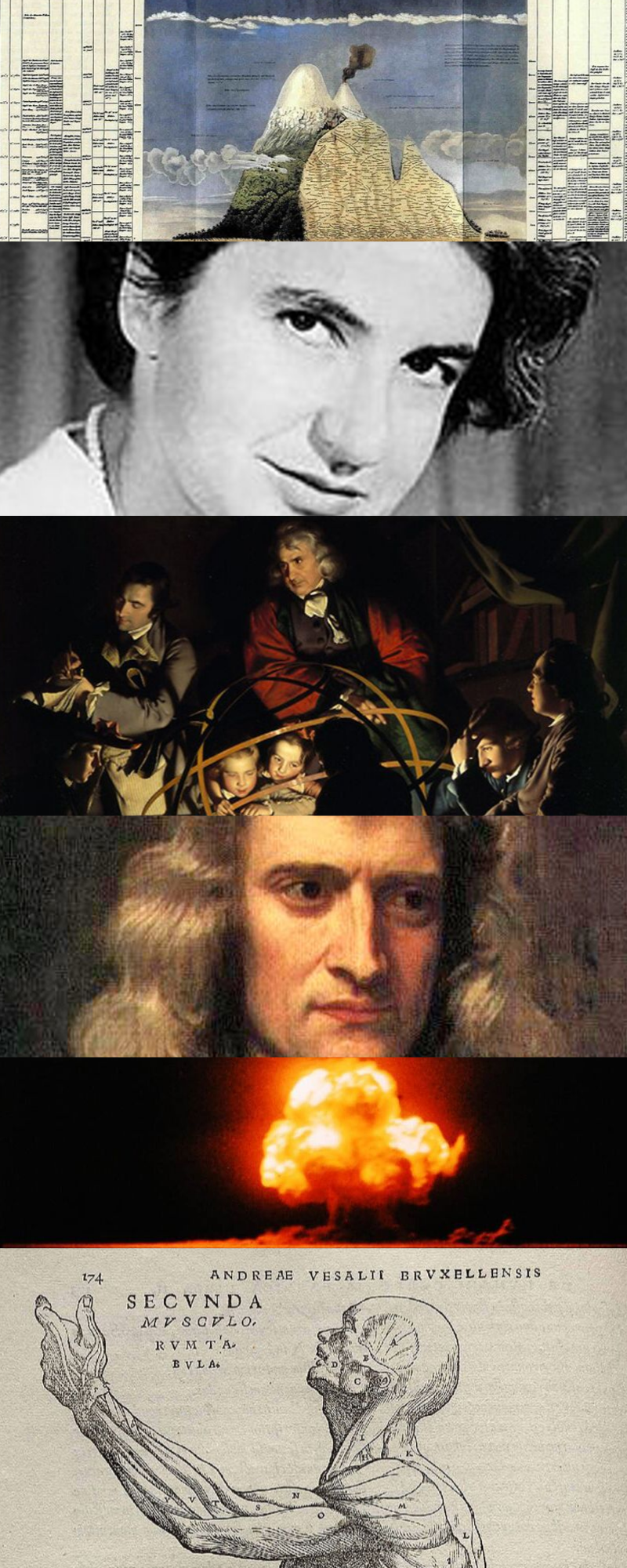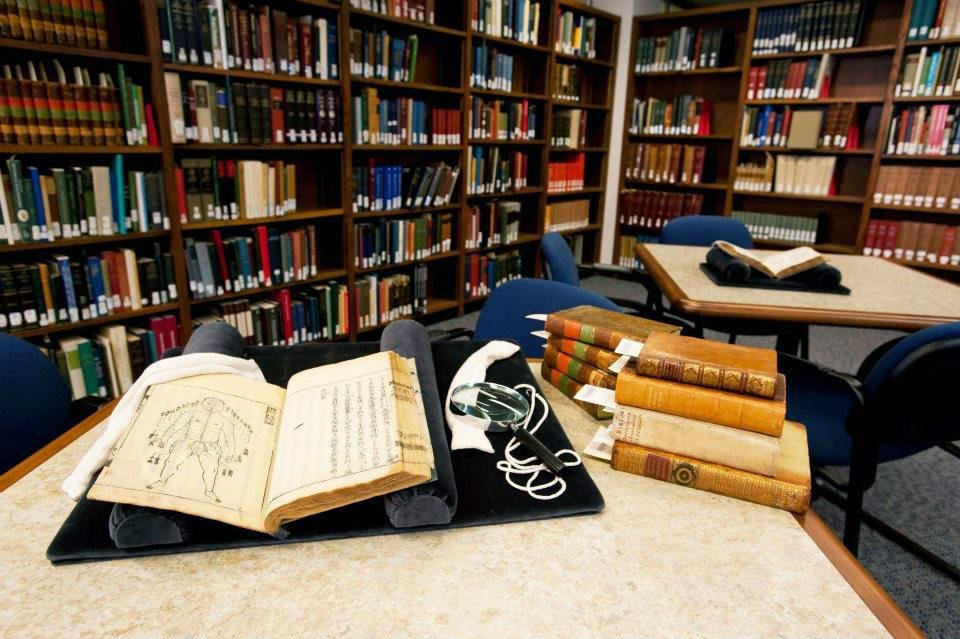Research
Areas of Research

The Program in History of Science, Technology, and Medicine at Minnesota offers comprehensive opportunities for advanced research and study in history of the physical sciences, the biological sciences, technology, and medicine. Within these areas, students are encouraged to make use of the perspectives and methods of intellectual, institutional, social, economic, and cultural history. The program has special strengths in the history of science, technology, and medicine in North America and Europe, but students have the opportunity to study other geographic areas as well.
In the history of the physical sciences, the faculty's interests span the period from the Scientific Revolution of the sixteenth and seventeenth centuries through the twentieth century. Their specific research areas include mechanics, optics, and astronomy through the nineteenth century; chemistry, relativity, quantum physics, and nuclear physics in the nineteenth and twentieth centuries; the relation of art and science, and the institutional history of the modern physical sciences.
In the history of the biological sciences, the faculty's interests cover a broad range of topics from the late 18th century through the 20th. These include genetics, evolutionary biology, ecology, systematics, paleontology, natural history, museums, exploration, biology and gender, biology and ideology, biology and the state, biology in the schools and universities, social Darwinism and eugenics, and environmentalism and conservation biology.
In the history of technology, the faculty's interests span the 'modern' period, and include the history of industrialization, military technology, information technologies, and engineering. Specific research programs center on the nature of technological change; the interactions of technology and culture; and the history of information technology. The faculty takes a broad view of technology, and is interested in its connection to larger historical themes, such as the transition to modernity, post-industrialism, and globalization.
In the history of medicine, the faculty's interests span the period from the Middle Ages to the 20th century. Their interests include the evolution of theories of health and disease, the place of medicine in the Scientific Revolution, therapeutics and health care practices, the history of institutions for the care of the sick and injured, the development of the medical profession, the history of disease and epidemics, epidemiology and public health.
The University's excellent departments of History, Philosophy, Rhetoric, and American Studies as well as the Center for Science, Technology and Public Policy and the Center for Bioethics offer related activities and courses.
Faculty Research Interests
Jennifer Alexander: Modern industrial/technological culture; science, technology, and religion; history of engineering; technology and the body; historiography; modern Europe, modern US
Victor Boantza: Early modern physical sciences, Enlightenment science, the scientific and chemical revolutions
Mark Borrello: History of Biology, evolutionary theory, genetics and ecology, biology of behavior; biology and society
Francesca Bortoletti: Early modern theater and medicine, medical humanities
Anna Graber: History of earth science and natural history; Enlightenment science; history of mining and metallurgy; science and empire; modern and early modern Russia
Jennifer Gunn: 19th and 20th century US History of Medicine and Public Health, Rural History or Rural Studies, History of Social Sciences
Michel Janssen: History of modern physics
Susan Jones: History of biomedical sciences, history of life sciences, historical ecology of disease, role of science in mediating human-animal interactions over time
Sally Gregory Kohlstedt: Natural sciences in the United States; institutional and cultural contexts (museums) for science practice; women and gender in science
Jole Shackelford: Early Modern European Science and Medicine, History of Paracelsianism, History of Biological Rhythm Studies
Honghong Tinn: History of information technology in Taiwan
Research Facilities


The University of Minnesota is a major research university with a strong commitment to excellence. The University library system is one of the nation's major depositories, containing 8.2 million volumes, 114,000 serial subscriptions, and a number of special collections. The system offers extensive resources for research in history of science, technology, and medicine. The University also houses important manuscripts and papers in the Social Welfare History Archives, the Immigration History Research Center, and the Charles Babbage Institute for Computing, Information and Culture. The University of Minnesota is one of a small number of Libraries of Deposit in the world -- and the only one in the Midwest -- for the Archive for the History of Quantum Physics. The Wangensteen Historical Library of Biology and Medicine contains 80,000 rare volumes and periodicals from 1420 to 1925 of significance to the history of medicine, science, and technology. Other special collections used by students include the Social Welfare History Archives, the Immigration History Research Center, the Northwest Architectural Archives, and the James Ford Bell Collection of rare books on European commerce, technology, and expansion.
Because the University is located in a metropolitan area with nearly three million people, researchers have access to two large municipal libraries, the large archival and photograph collections of the Minnesota Historical Society and the James J. Hill Reference Library, which has a special interest in the history of technology, economics, and business. The Bakken Museum, a private research center with excellent collections of historical electrical apparatus and an outstanding rare book and manuscript collection, maintains strong ties to our program. The collections and records of the Science Museum of Minnesota provide opportunities for museum experience and research on topics from anthropology to zoology.
Among the research facilities associated with the program is the Charles Babbage Institute (CBI), whose director is research faculty in the program. CBI conducts a research program that focuses on the development and infrastructure of information technology. To facilitate research in the field, CBI promotes the development of archival collections. CBI now maintains the largest publicly accessible research collection of corporate, professional, and individual papers, product literature, oral histories, and audio-visual materials about the history of information technology. CBI also sponsors the Tomash Fellowship in the History of Information Technology, the Norberg Travel Fund, and the Tomash Fellowship for a University of Minnesota graduate student studying the history of technology.